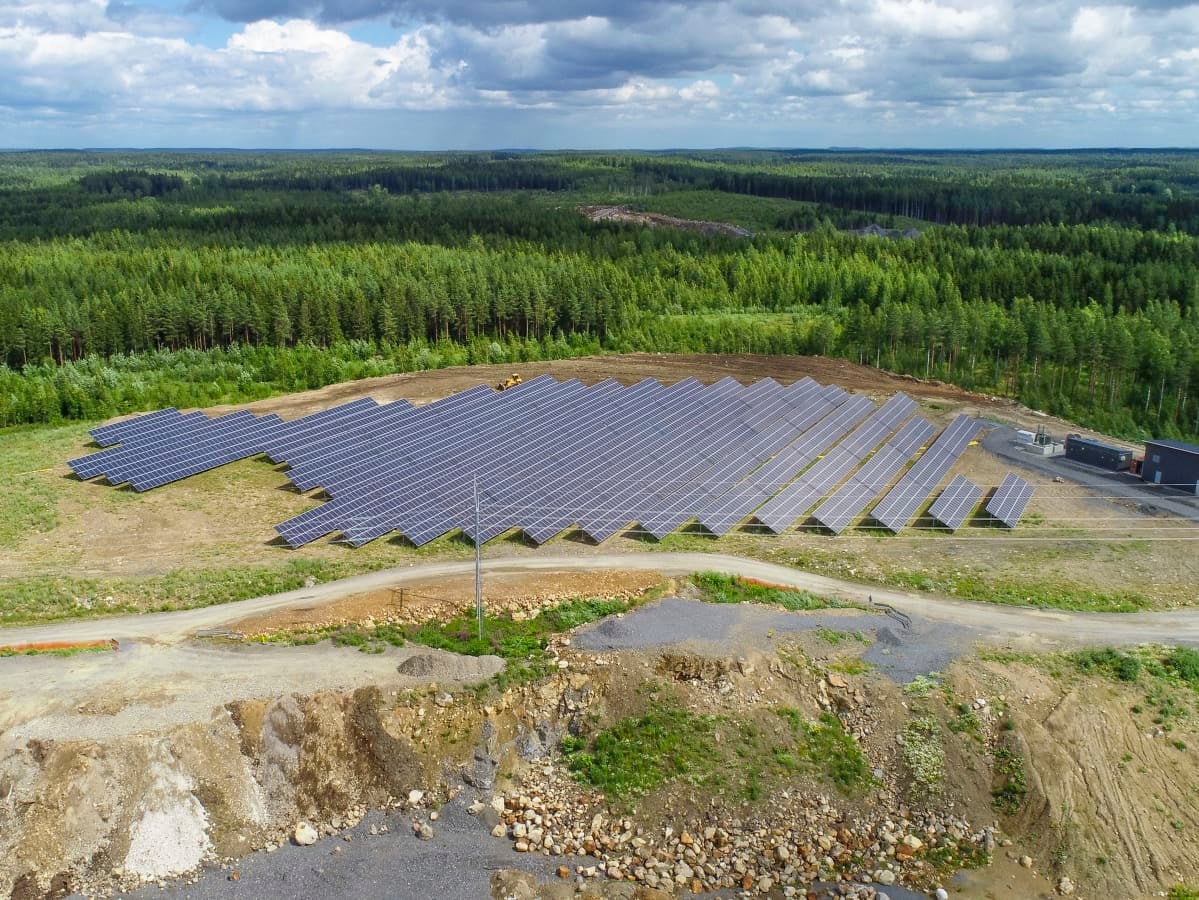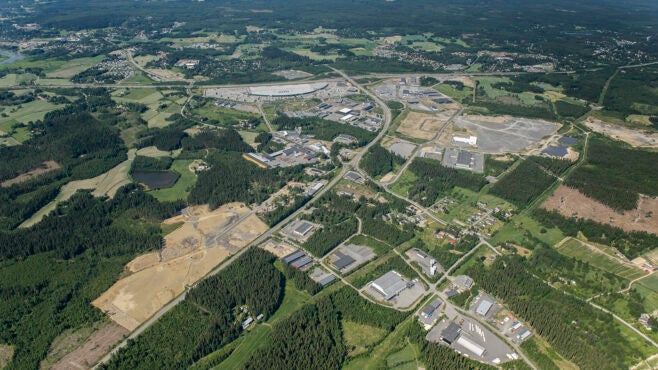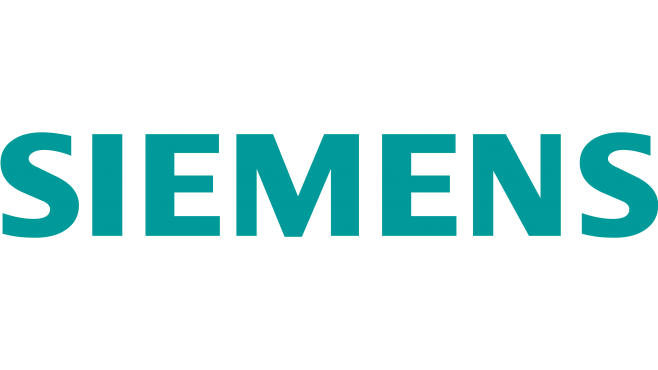As energy systems and electricity demands become ever more complex – and our climate becomes even less predictable – the possibility of disruption to power supplies will only grow without a radical change in energy generation, storage and usage.
This has been recognised by a growing number of communities connected to the main power grid, but wanting to incorporate locally generated, renewable sources into their energy mix without compromising the reliability of their power supply.

As a result, such sites are fast becoming vital test beds for the rapidly developing concept of the sustainable microgrid. In fact, some of the most exciting developments and uses around grid edge technologies are taking place well away from larger city campuses.
Exploring the future in Finland
Microgrids are small power grids that combine many power sources, including PV, wind, hydropower, biomass and biodiesel generators, with energy storage modules and intelligent control systems to ensure a secure supply of renewable energy for a small community or industrial area.
“There have been microgrids powered by diesel but, in recent years, there have been real commercial projects using renewable energy and battery storage,” says Markus Reischböck, technical head of Siemens Microgrids. “It is a new concept, but – though not everybody accepts it yet – the energy landscape is changing, so we need to have an open mind to new alternatives.
“Ten years ago, when we were talking about reducing carbon emissions it was a utility discussion,” Reischböck continues. “Now, regulations have changed to incentivise businesses, building owners and everyone else to focus on energy efficiency. At the same time, renewables have become cheaper and the growing importance of e-mobility has forced us to think about how to power EVs without connecting to the grid.”
One way to create a new mindset is to have real, working examples of microgrids in action, using stable, proven, resilient renewable technologies to power small communities in a clean and efficient way.
Back in 2018, Siemens and Lempäälän Energia began working on Project Lemene – an initiative to implement a self-sufficient smart grid system in the municipality of Lempäälä, Finland, 170km north of Helsinki. Siemens designed a smart medium-voltage microgrid with grid automation and electrical storage systems to create an energy grid that was not only cost-effective and environmentally friendly but also guaranteed secure electricity supply.
“The main drivers were to help to achieve carbon neutrality targets and make renewable energy more viable, by producing and consuming energy locally,” explains Mikko Kettunen, development manager at Lempäälän Lämpö Oy and project manager of Lemene. “Companies that would like to invest in renewable energy but are not sure of its viability are more likely to invest in such a system because the risks are shared by the community.”
The pioneer spirit
Located in the Marjamäki industry area, the project depended to a large degree on the willingness of local businesses and communities to participate. Fortunately, despite some regulatory hurdles concerning the distribution of electricity over property boundaries, there was a high degree of interest.
“In general, viability increases with the number of companies that join the energy community,” says Kettunen. “We were doing a pioneer project and we expected to face challenges, mostly related to combining many different systems from many different suppliers, so it was crucial to have local businesses involved.”
“The most challenging events that the microgrid faced were mainly related to island operation,” he adds. “We have had many incidents where, due to DSO faults, the microgrid has automatically transitioned to island operation. The system has responded well. Not once have we had to do a black start, which means we have been able to keep the power on.”
Throughout its operation, the system has operated entirely automatically, with Kettunen’s team only required to monitor performance. Forecasts for demand have been accurate, excess energy and capacity has been sold, and generation assets have started and stopped automatically.
“My message to people is to investigate similar systems, get the right resources and share your thoughts with people who have experience of projects like Lemene,” says Kettunen. “It will pay back every dime. It helps customers to understand the concept and reduces the workload. Dare to look into new opportunities and, if viable, implement them.”
Hard work pays off
So far, participants in the Lemene project report outstanding success, despite the demands of a new concept. They have been surprised by how well the system works and, although implementation required hard work, have found it rewarding.
“No one does carbon reduction for fun,” says Reischböck. “So, we have to simulate microgrids for ten years to prove that there is a reasonable payback period. We need real facts on the table in order to have the right discussion.”
More projects will no doubt begin across the world, whether driven by concerns over climate change, the transition away from fossil fuels, or the need to support growing electricity requirements. In the US, for example, where several microgrid projects are under way, an unstable grid, extreme weather events, wildfires and hurricanes are all big drivers for communities to gain a degree of energy independence through microgrid installation.

Much will depend on how battery technology evolves, as storage is crucial to ensure a secure power supply. As important as technology, however, is the evolution of attitudes towards energy ownership.
Governments will play a part in driving change through legislation, and oil and gas companies increasingly acknowledge that renewable energy will be a vital part of their future strategy. Regulation, energy costs and electrification are all changing attitudes, and Siemens is ensuring that, as that mindset matures, proven and effective tools will be available.
“We are creating industrial solutions for microgrids that can reduce energy costs or at least make sure reducing your carbon footprint isn’t more expensive,” says Reischböck. “We understand that solutions need to be modular, expandable, vendor neutral and based on open interfaces, so that they can adapt to changing regulations and changing technologies.”



